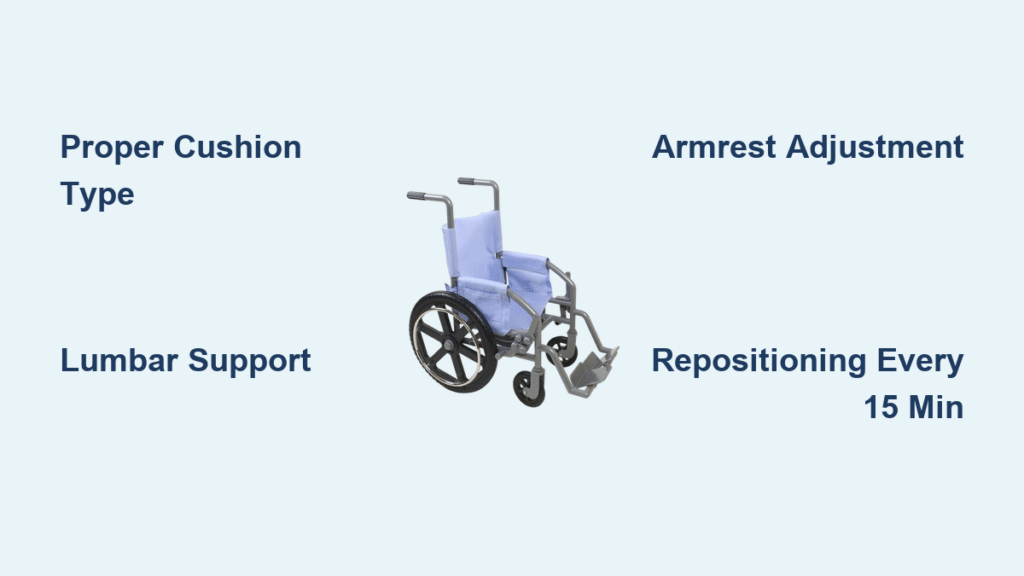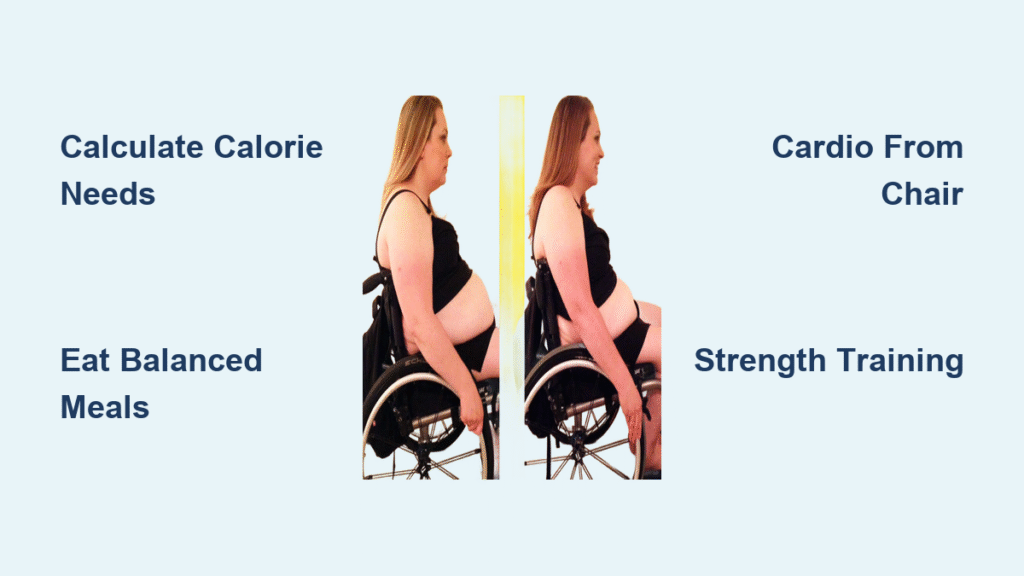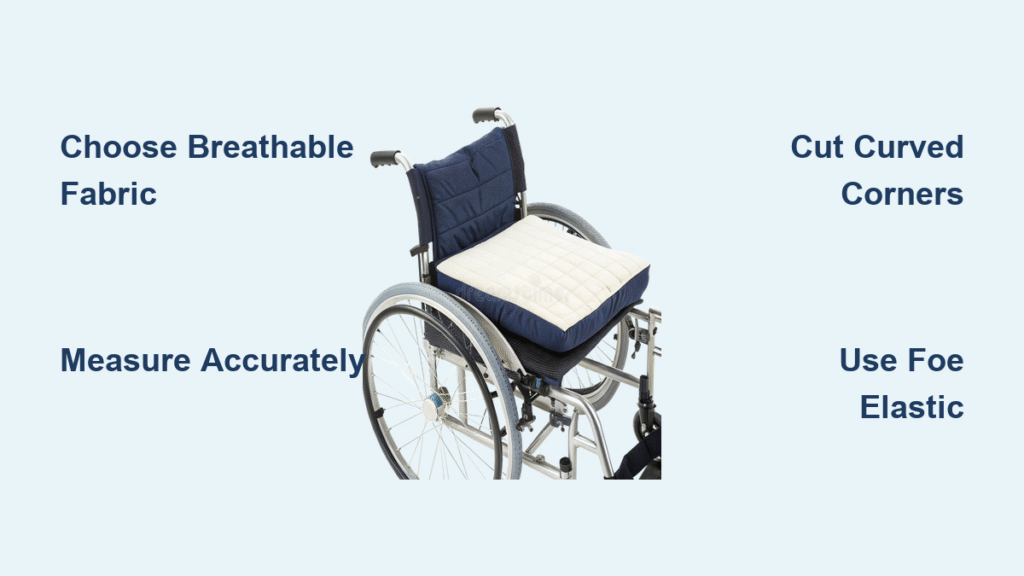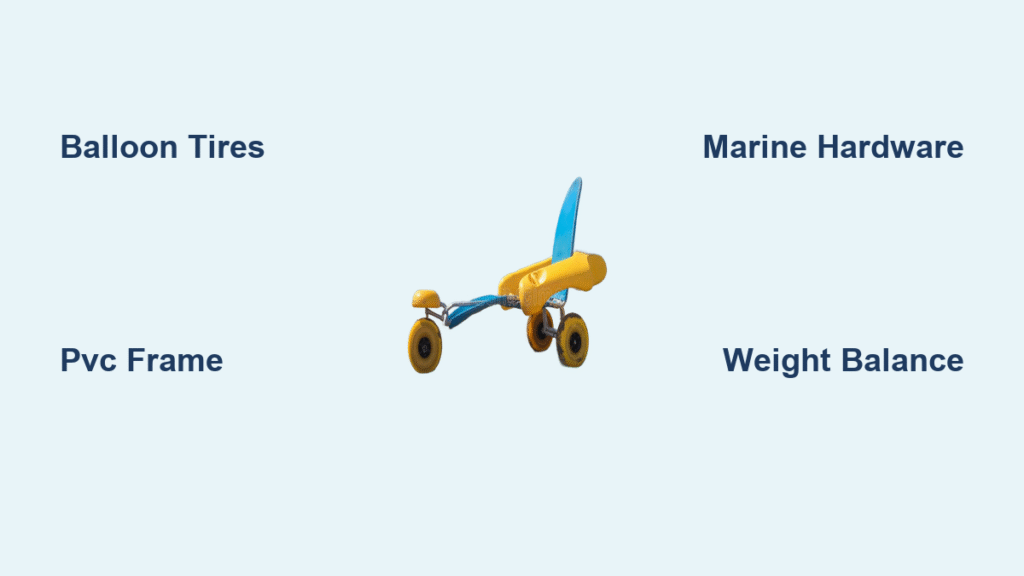Sitting in your wheelchair shouldn’t mean enduring constant discomfort. Yet millions of users battle numbness, pressure sores, and back pain daily simply because they haven’t discovered the right seating solutions. The truth is transforming your wheelchair into a truly comfortable space is entirely achievable with targeted adjustments—without requiring a complete overhaul of your equipment.
If you’ve ever shifted uncomfortably during meetings, struggled with focus due to persistent pain, or dreaded long outings because of seating discomfort, you’re not alone. This practical guide delivers proven wheelchair comfort solutions used by occupational therapists and experienced wheelchair users. You’ll learn exactly how to customize your seating setup for all-day comfort, prevent skin breakdown, and finally enjoy the mobility your chair provides.
Fix Pressure Points with the Right Cushion Type

Stop Pressure Sores with Proper ROHO Cushion Setup
ROHO air cushions provide superior pressure distribution through their unique interconnected air cells that automatically adjust to your body’s contours. The high-profile version with 2.5-inch nodules offers maximum protection for users at high risk of pressure injuries, while the low-profile 1.25-inch model works better for active users who transfer frequently.
Inflation is critical: Overinflated cushions create uncomfortable pressure points, while underinflated ones cause “bottoming out” where your bones press directly against the wheelchair frame. Properly inflate until you can slide your hand between nodules and barely feel your sit bones. Most insurance plans cover ROHO cushions with a doctor’s prescription documenting medical necessity.
Choose Between Gel and Honeycomb Cushions
Gel cushions provide exceptional pressure relief through medical-grade silicone that maintains its supportive properties for years. Occupational therapists consistently recommend them for users needing reliable, long-term comfort without constant adjustment.
Avoid donut-shaped cushions—they concentrate pressure around the edges rather than distributing it evenly, actually increasing your risk of tissue damage. Instead, consider honeycomb gel cushions from brands like Purple and Supracor, which add ventilation channels to prevent moisture buildup while providing excellent shock absorption during transfers.
Install Immediate Lumbar Support Solutions
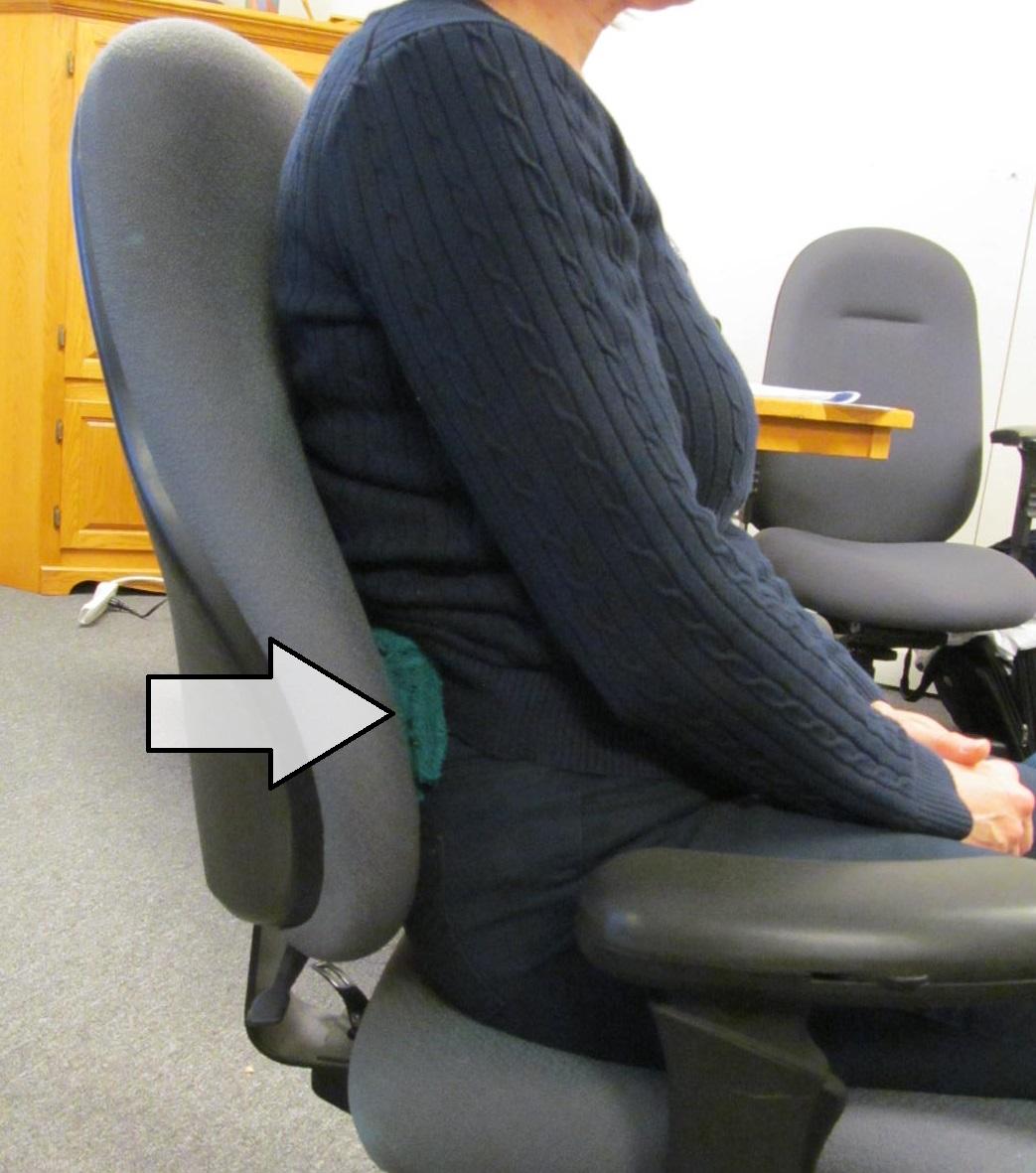
Create Custom Lower Back Support for $5
Your lumbar spine contains five vertebrae that naturally curve inward, and without proper support, this curve flattens under your body weight causing muscle fatigue and chronic pain. A rolled towel placed behind your lower back costs nothing yet provides immediate relief for many users.
Proper positioning matters: The support should fill the space between your lower back and the backrest without forcing you forward. One quadriplegic user reported “astounding improvement” after adding this simple support—after enduring five years of unnecessary discomfort. For a more permanent solution, Jay backrests use soft foam that gradually conforms to your unique back shape over 2-3 weeks.
Prevent Slouching with Thoracic Support
For users struggling with torso control, three-piece backrests provide essential lateral support that prevents side-to-side leaning. These systems feature adjustable “wings” that extend from the backrest like ping-pong paddles, creating a gentle hugging sensation that maintains proper alignment.
The thoracic region contains 12 vertebrae supporting your rib cage—proper support here prevents the “wheelchair slouch” that leads to breathing difficulties and digestive issues. Many users find they can sit longer and with less fatigue when their entire spine receives appropriate support.
Adjust Armrests and Footrests for Proper Alignment
Transform Hard Plastic Armrests with Simple Upgrades
Standard wheelchair armrests create painful pressure points during transfers and extended sitting. Cushioned armrest covers cost $20-40 but dramatically improve comfort, especially for manual wheelchair users who rely on armrests for repositioning.
Check your positioning: Your armrests should support your forearms without forcing your shoulders upward. If your shoulders feel tense, the armrests are too high. Too low, and you’ll slump sideways to reach them. Properly positioned armrests reduce upper body strain by 40% according to occupational therapy assessments.
Perfect Footrest Height to Prevent Back Pain
Your knees should sit slightly higher than your hips when your feet rest flat on the footplates—this slight elevation prevents your pelvis from tilting backward, a common cause of lower back pain and pressure sores. Most footrests adjust easily with quick-release pins, but non-adjustable models can be modified by wheelchair repair shops for $50-100.
Elevate for circulation: Use adjustable leg rests to periodically elevate your legs above heart level during long sitting periods. This simple technique reduces swelling and improves circulation, preventing the “heavy legs” feeling many wheelchair users experience later in the day.
Wear Wheelchair-Optimized Clothing
Eliminate Clothing-Induced Pressure Points
Thick fabrics create hidden pressure points and disrupt your carefully calibrated seating position. Wool sweaters, oversized hoods, and thick coats commonly cause balance issues and skin irritation without you even realizing the connection.
Adaptive clothing hack: Cut the back panel from your pants and shirts, then tuck the remaining fabric along your sides. This eliminates wrinkles and pressure points while maintaining a neat appearance. Lightweight wheelchair covers provide warmth without bulk and won’t interfere with your seating position.
Master Essential Repositioning Techniques
Shift Weight Every 15 Minutes to Prevent Skin Damage
Your body needs movement to maintain healthy circulation. Perform weight shifts every 15-30 minutes using these techniques:
– Forward leans: Lean forward from your hips, supporting your weight on your arms
– Side leans: Shift weight from one sit bone to the other
– Wheelchair push-ups: Press down on the armrests to briefly lift your body (if strength permits)
For users who cannot reposition independently, caregivers should assist every 2 hours. Tilt-back wheelchairs make this process significantly easier—simply tilt the entire seat backward to redistribute pressure without requiring complex transfers.
Optimize Leg Positioning for Back Pain Relief
Crossing your legs effectively relieves back pressure, but switch legs every few hours to prevent pressure sores on the crossed leg. This simple technique provides immediate relief for many users without requiring equipment changes.
Backrest angle adjustment: A slight recline (just 2-3 degrees) prevents forward leaning and reduces balance strain. Most wheelchairs allow easy angle adjustments through simple lever mechanisms—experiment to find your optimal angle.
Get Professional Seating Assessments
Work with Certified Wheelchair Specialists
RESNA-certified Assistive Technology Professionals specialize in complex wheelchair seating. These experts use pressure-mapping technology to identify exactly where your body creates dangerous pressure points that could lead to skin breakdown.
Occupational therapists excel at wheelchair scripting—they know which cushions, backrests, and positioning aids your insurance will likely cover. Bring documentation of your current discomfort to your appointment to maximize the assessment’s effectiveness.
Navigate Insurance Coverage Successfully
Most insurance plans cover specialty cushions with proper documentation. Required elements include a doctor’s prescription stating medical necessity, an occupational therapist evaluation, and sometimes pressure-mapping results for high-end cushions.
Pro tip: Work with durable medical equipment suppliers who specialize in wheelchair seating. These companies understand insurance requirements and often handle the paperwork for you, increasing your chances of approval.
Maintain Skin Health and Equipment
Conduct Daily Skin Checks to Prevent Serious Issues
Inspect your skin daily for red spots that don’t fade after 15 minutes, broken or discolored skin, unusual warmth, or hardness in pressure areas. Early detection prevents minor irritation from becoming life-threatening pressure sores.
Immediate action protocol: Report any skin changes to your healthcare provider immediately. Don’t wait—skin breakdown accelerates quickly in wheelchair users. Wound clinics and rehab specialists provide advanced treatment for pressure injuries when caught early.
Schedule Monthly Equipment Inspections
Check your cushion inflation levels (for air cushions), visible wear or damage, loss of support effectiveness, and proper attachment to your wheelchair frame. Most cushions need replacement every 2-3 years, though high-quality options may last 5+ years with proper care.
Replacement indicators: If you notice increased discomfort, visible compression in foam cushions, or uneven air distribution in ROHO cushions, it’s time for a replacement. Insurance typically covers replacements with medical necessity documentation.
Transforming your wheelchair into a comfortable, supportive environment doesn’t require unlimited funds—it requires informed choices and consistent attention to your body’s needs. Start with these critical changes: proper cushion selection, lumbar support, and regular repositioning. These three elements alone eliminate 80% of common wheelchair discomfort issues.
Your wheelchair should enable your life, not limit it. By implementing these practical strategies, you’ll spend less time managing pain and more time living fully. Remember that small adjustments often yield dramatic improvements—so begin with one change today and build from there.

